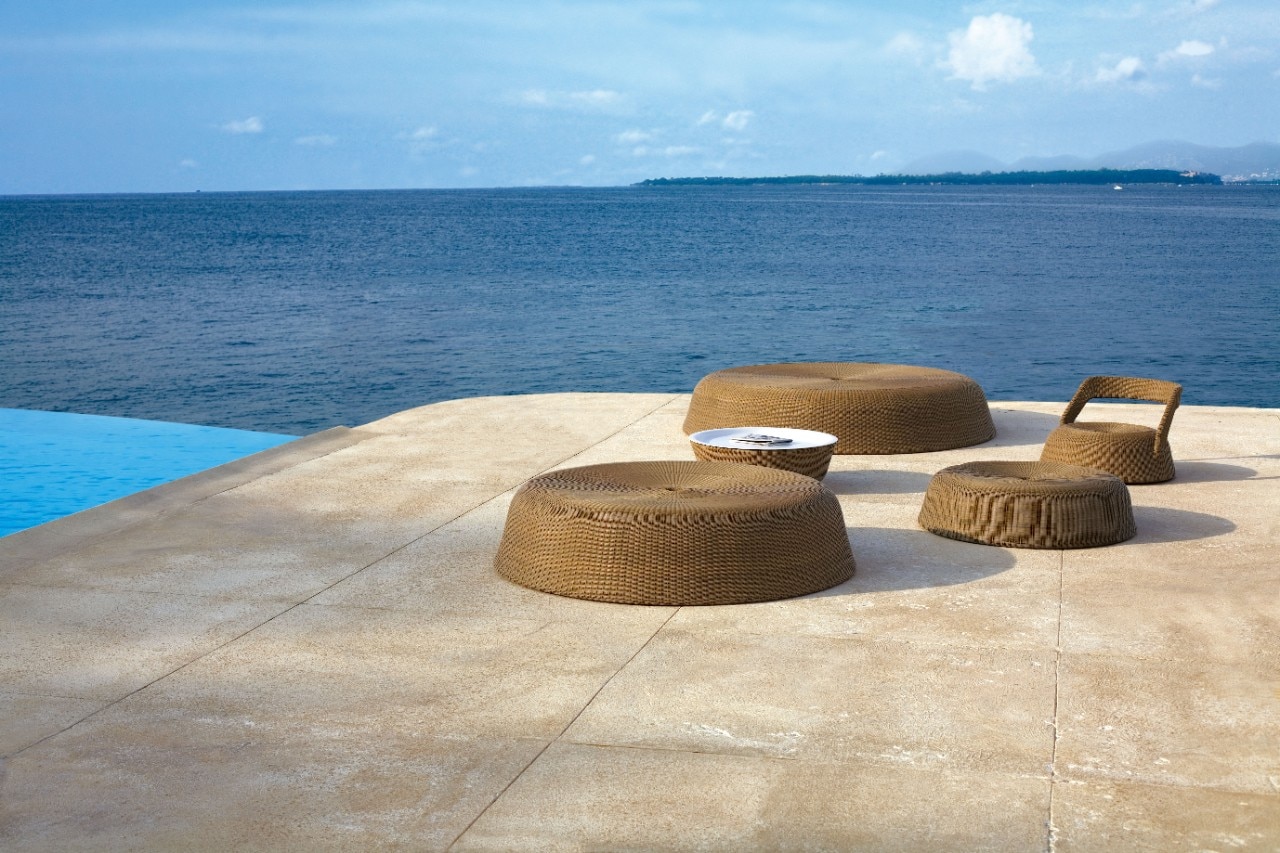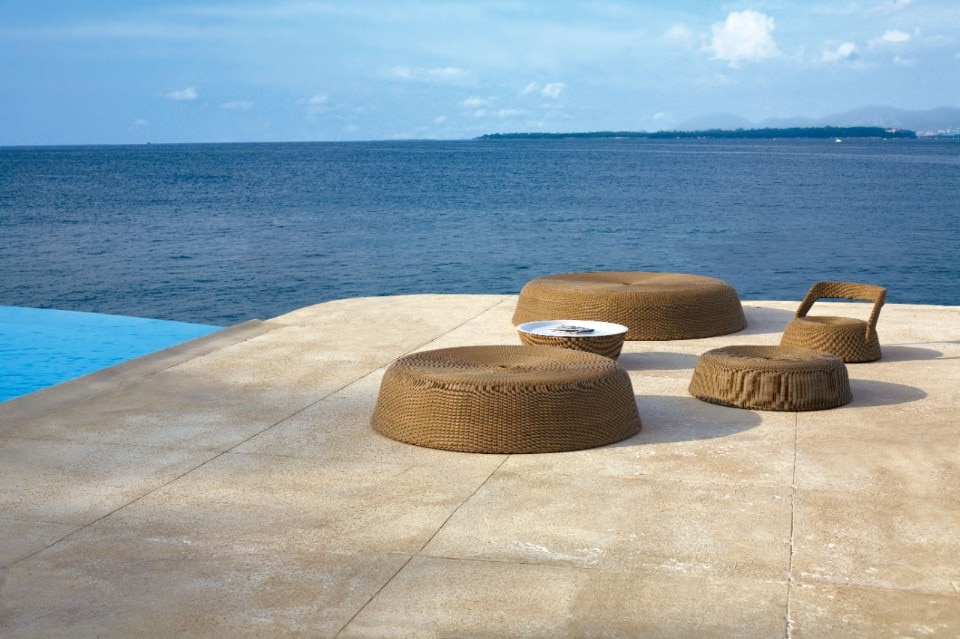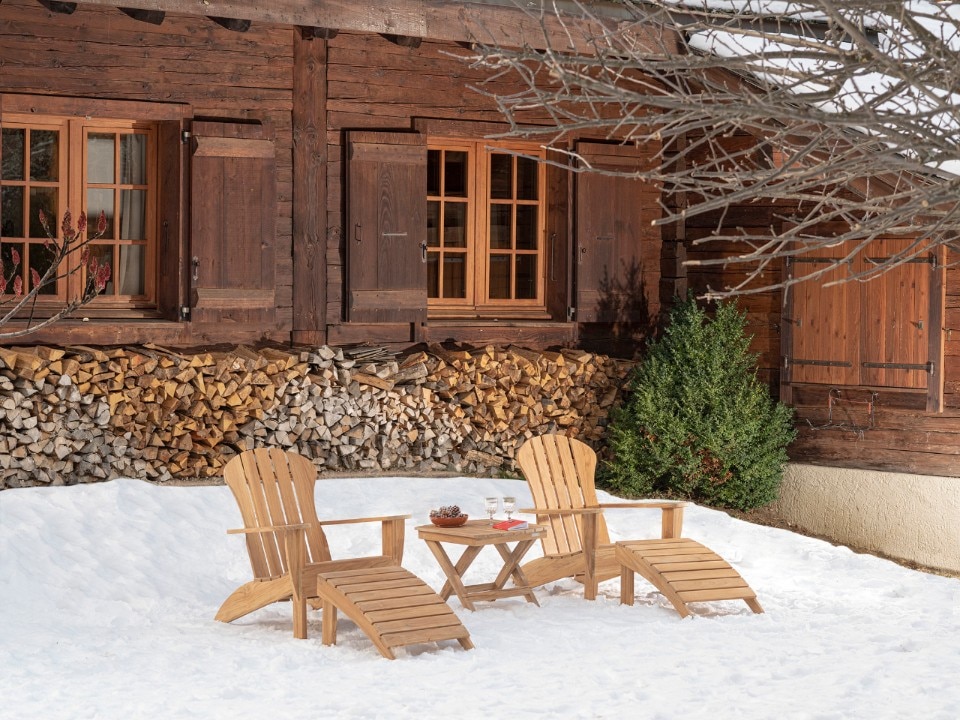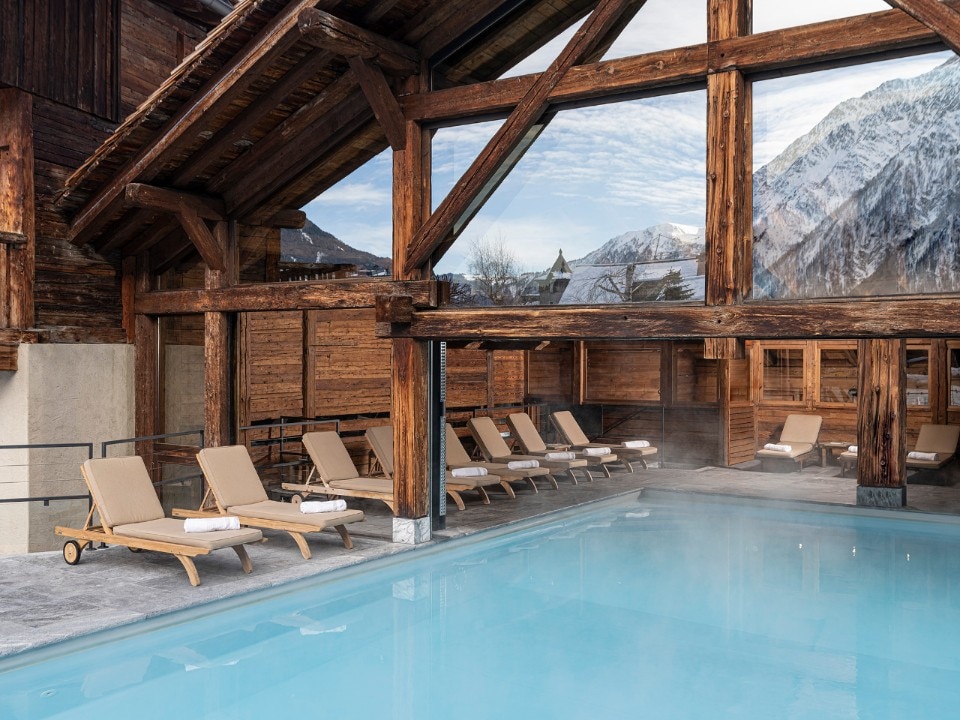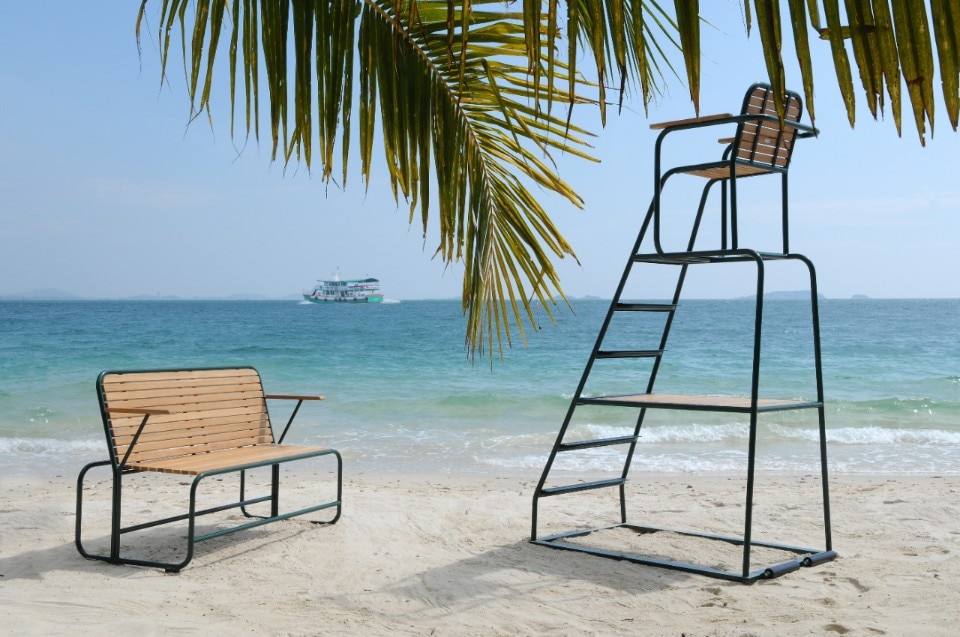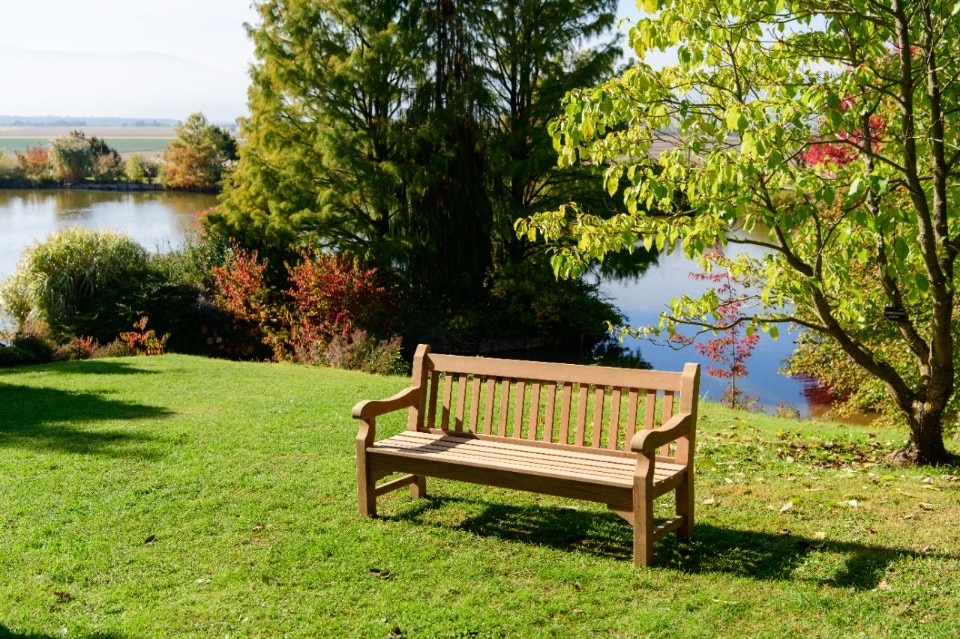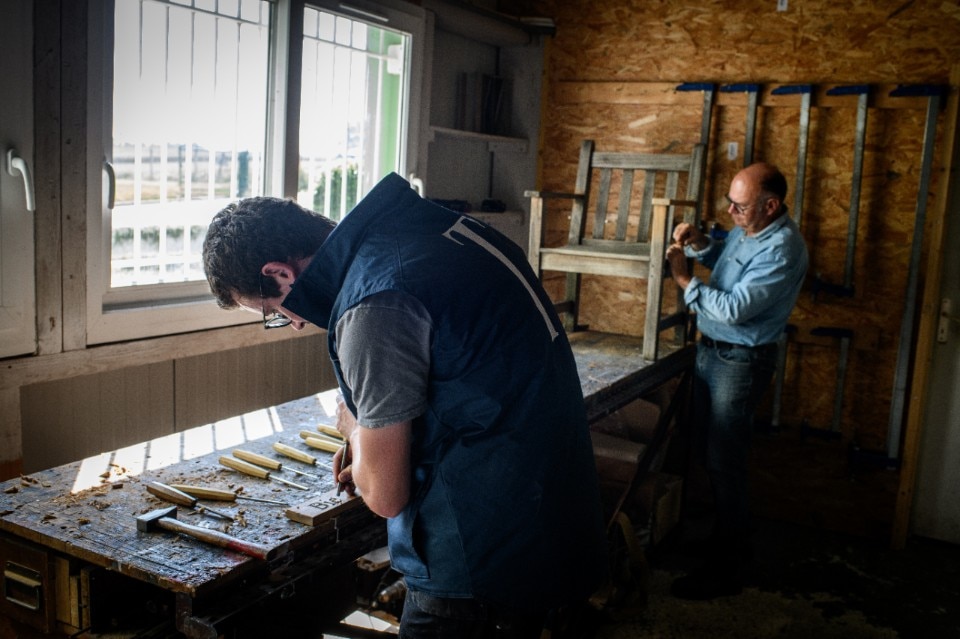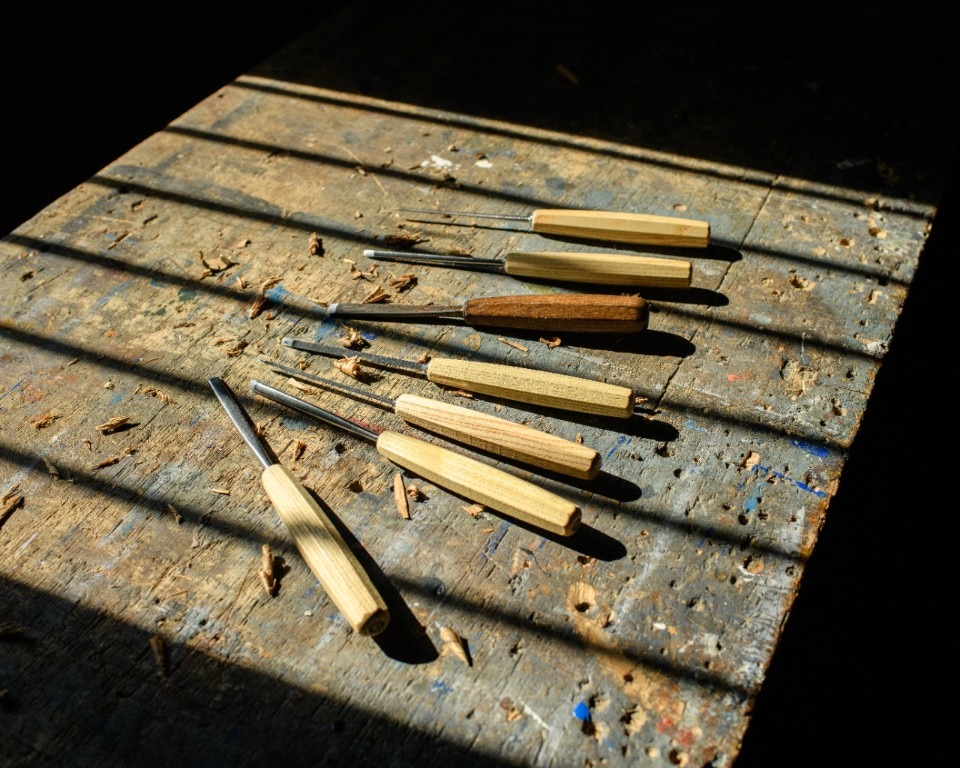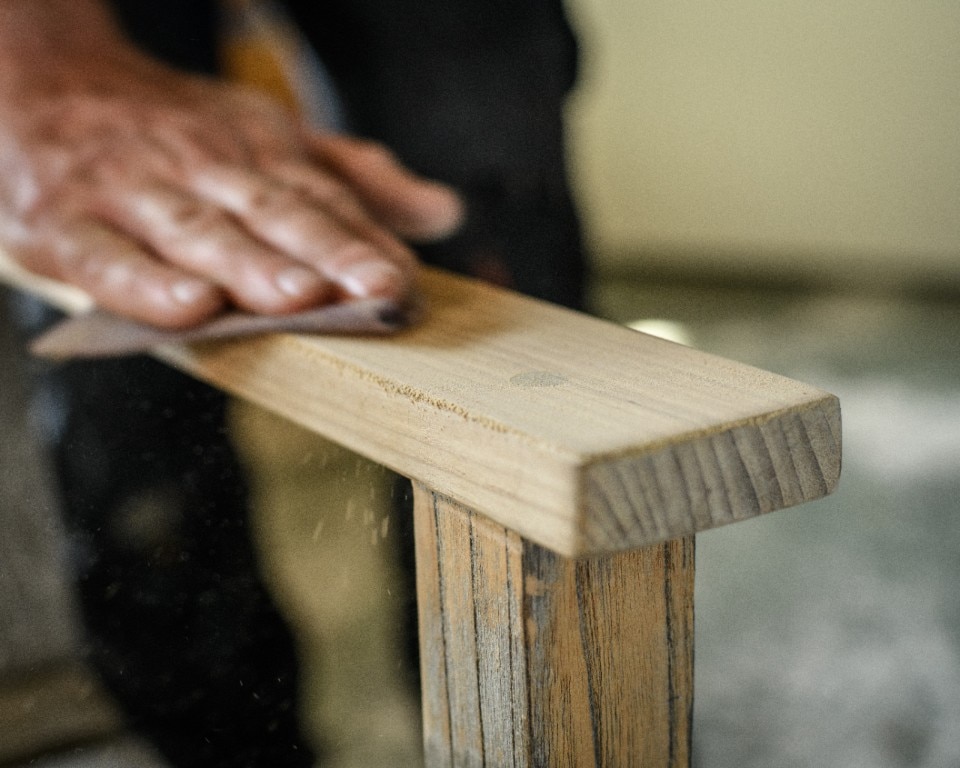The outdoor category of design is an area that has seen a growing interest thanks to the rediscovered need for time outdoors and contact with nature. The companies in this sector have been facing today’s design challenges by creating furniture that can withstand weathering and be long-lasting while not forgetting about aesthetics. We talked about this with Blanche Aloisi-de Crépy, Managing Director of Tectona.
2022 marked an important milestone, Tectona’s 45-anniversary. From your vantage point how and how much did the needs of the market change in recent years?
We started as outdoor specialists: Tectona boasts the tectona grandis tree variety, a type of premium wood used for outdoor furniture. Ever since the 1970s, our mission has been to differentiate our company from our competitors by working on high-quality pieces while everyone else mostly produces furniture in plastic. In the 2000s, alongside teak, we introduced other materials and expanded the brand at an international level. The past two years were a period of great changes for us. There was a real paradigm shift, and the market was increasingly more interested in the outdoors. In Europe, during the lockdown, people truly rediscovered their yards and, more in general, their home spaces: many invested in different areas of their houses to make them nicer looking and more welcoming. Having an efficient logistic structure was a crucial aspect because the demand was high and the orders needed to be processed quickly. From a design standpoint, there was a rediscovery for sober and elegant but above all durable designs.
Speaking of durability, to what extent did technological development and material research contribute to the innovations in the world of outdoor furniture?
We created a service that allows buyers to fix their furniture in case of wear and tear: environmental awareness has for sure been growing and since our foundation we, at Tectona, have been in line with today’s values. On the materials front, for us it is important to source our wood, for example, from correctly managed forests. This year, we are working with a new type of wood − larch: an extremely durable material that comes from forests located in eastern France, which allows us to minimize the impact of transportation. Beyond wood, we prefer using aluminum, a recyclable material.
We were saying that spending time outdoors is an important topic. We learned it during the pandemic, and it became a widespread trend even in the cities. In what way has this rediscovered awareness influenced your business?
It had an impact both on the consumer and on the contract front. Architects have rediscovered their interest in exterior design. In particular, we noticed that hotels have started to pay more attention to their outdoor spaces as a place to enjoy and experience.
Speaking of spaces, Tectona is renowned for making furniture destined for historical hotels, museums, and cultural institutions. What characterizes Tectona’s creative process?
It’s a slice of our business we care about and want to nurture, because it is part of our core, it has been since we were first established. The first museum we worked with was the Contemporary Art Museum of Bordeaux in 1992, for which Andrée Putman design the “CAPC” bench. In Paris, we are present at the Musée Rodin and at the Louvre with our classic benches. Recently, we developed a new series of specific collaborations. For instance, the one with the Musée National Picasso in Paris, for which the director of the ECAL school in Lausanne, Alexis Georgacopoulos, held a competition open to the academy’s students to design a bench; then, the winning project was added to our catalogue. Last June, in Lausanne, Plateforme 10 was inaugurated, a new museum hub that brings together three canton museums and two foundations; we held an international competition for a new bench design for the museum and the jury selected Pierre Charpin’s project. We can even boast two oak benches at the Palace of Versailles, and we are currently working on Villa Medici in Rome.
Some prominent designers are signing their name to these projects, from Piette Carphin to Ronan, Erwan Bouroullec, and even Constance Guisset, alongside emerging designers. How important is it for the brand to place these two dimensions side by side?
We like the idea of bringing innovation and experimentation together. In 2017, we launched the Tectona Studio, a project that aims at offering opportunities to the new generation of designers, who can bring fresh new ideas on the materials to the field. In 2004, we worked with emerging designers who gained fame throughout the years, like the Bouroullec brothers, when they were still not as well-known as they are today, and with Pierre Charpin when his career was still just taking off.


